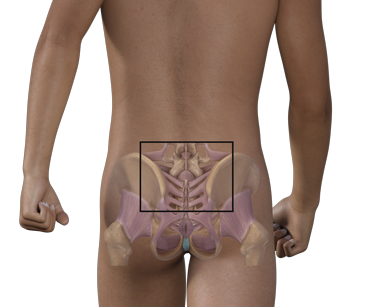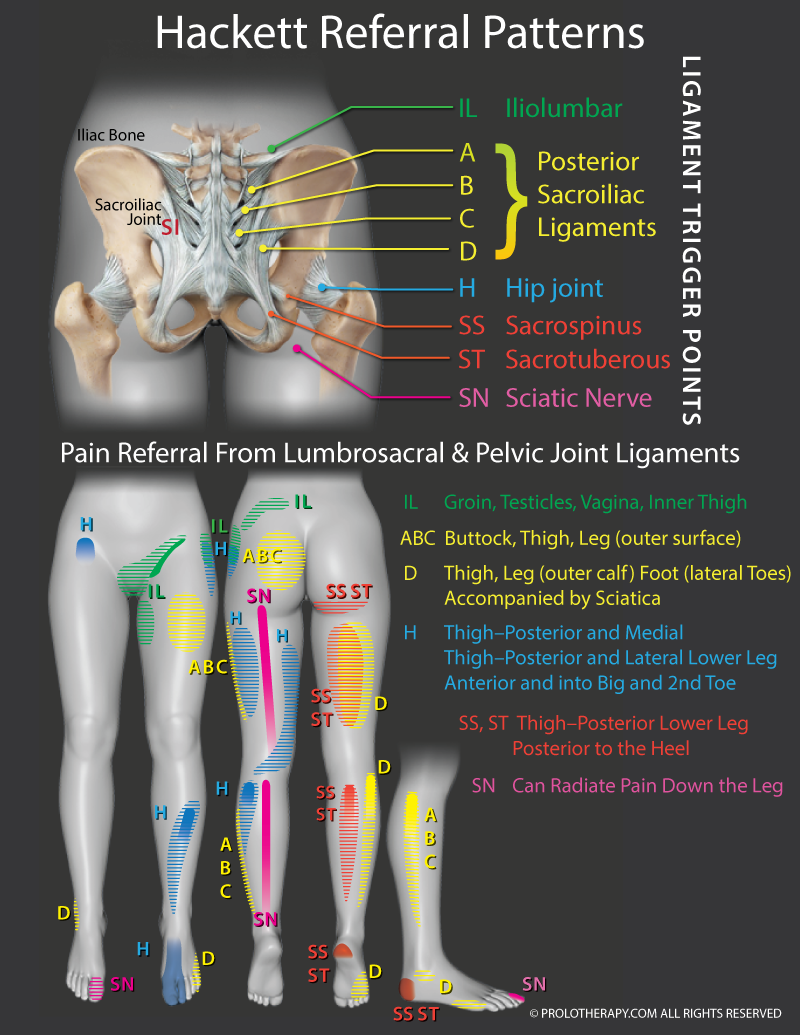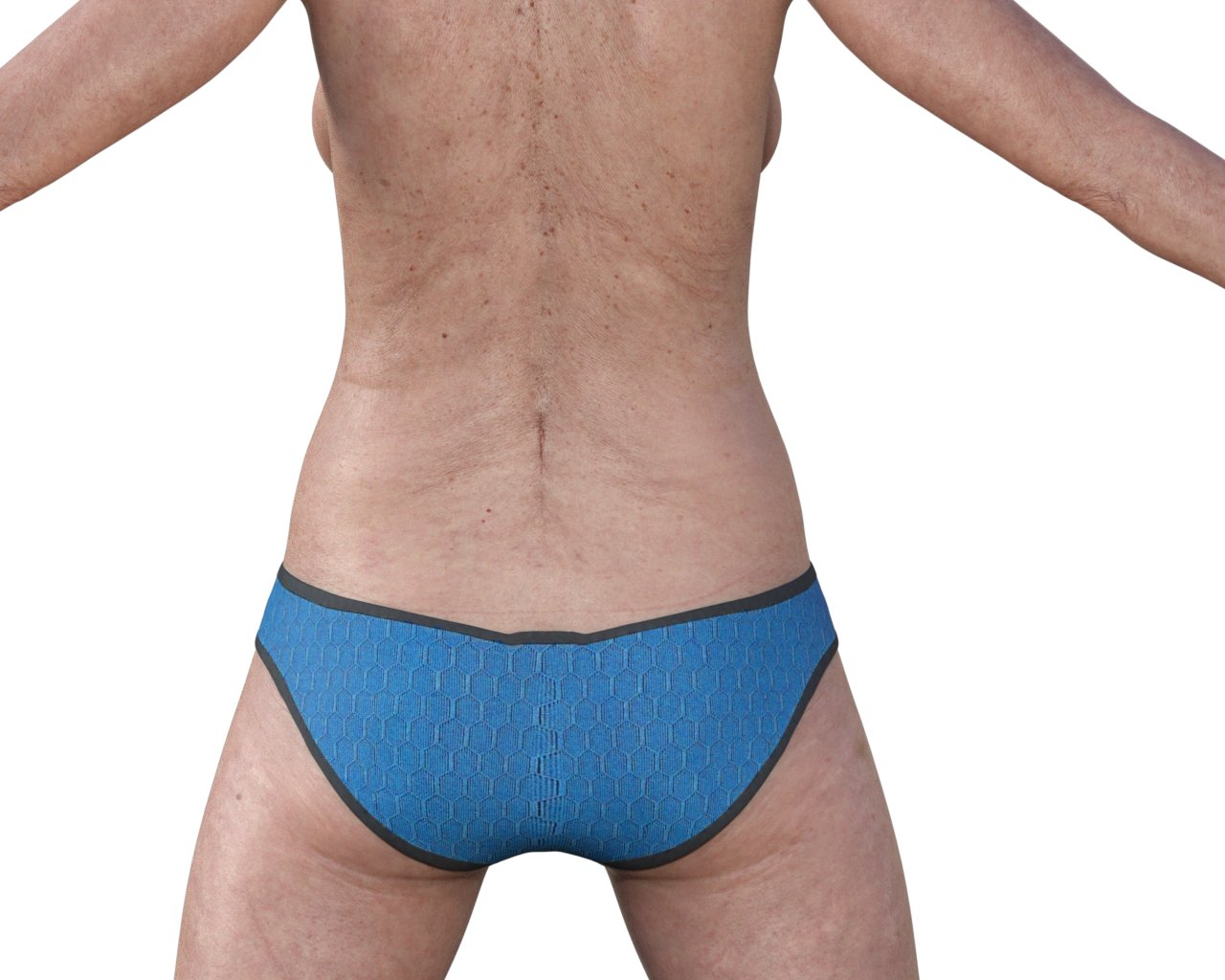treatment in the algarve
lower back pain
Low back pain is the leading cause of long term disability worldwide.
The global burden of low back pain: estimates from the Global Burden of Disease 2010 study.
Ann Rheum Dis. 2014; 73: 968-974
Back pain is one of the leading causes of disability, yet most of the people suffering from it do not know that spinal instability is most likely the real cause of the problem! Instead, most patients are given cortisone injections or prescribed pain pills and muscle relaxers to cover up the pain, which only leads to further degeneration and an endless “pain management” cycle. This is because they are only treating the symptoms versus correcting the underlying spinal instability. Prolotherapy can stop this cycle by regenerating the weakened and overstretched soft tissue structures along the spine, alleviating pain and instability once and for all. In fact, back pain is one of the most popular ailments we treat in our clinic every day!
Many of our patients are looking to avoid back surgery or have already had back surgery and absolutely want to avoid another one. We help patients who have been diagnosed with bulging discs, spinal stenosis, degenerative disc disease, spondylolisthesis, failed back surgery syndrome, sciatica, and more. Using Prolotherapy, which is what our clinic is specifically known for, these conditions can be treated quickly and safely to give a more desirable pain-relief outcome. If you want to get off the back pain merry-go-round, it’s time for true Prolotherapy!
Prolotherapy Treatment for Back Pain
Ninety-five percent of low back pain is located in a fifteen-by-eleven centimetre area, the weakest link in the vertebral-pelvis complex. At the end of the spine, four structures connect in a very small space, which happens to be the fifteen-by-eleven centimetre area. The fifth lumbar vertebra connects with the base of the sacrum. This is held together by the lumbosacral ligaments. The sacrum is connected on its sides to the ilium and iliac crest. This is held together by the sacroiliac ligaments. The lumbar vertebrae are held to the iliac crest and ilium by the iliolumbar ligaments. Any time these ligaments are injured or overstretched, it can create spinal instability. This is typically the area treated with Prolotherapy to stimulate ligament repair. Which specific solution to use is determined during the consultation and exam, and can include traditional dextrose, platelet-rich plasma, or stem cells, among other ingredients.
Almost all chronic low back pain occurs in a 15cm x 11cm area:

Pain in the lower back occurs in the area where the lumbar vertebrae join the sacrum and iliac crest.
But what about my MRI? The reason for developing herniated discs, degenerated discs, spondylolisthesis, or other MRI diagnoses is spinal instability. If the instability is not corrected, a patient is more likely to continue on the course of “pain management” and use therapies and pain pills to temporarily calm the pain or get back into alignment. Remember, spinal instability is a progressive disorder, meaning that the area continues to degenerate until regenerative treatments are used to restore the area.
As the structures continue to break down, they can pinch nerves and cause pain that can radiate down the legs and into the feet. It indicates that a patient’s referral pain patterns are being elicited. The sacroiliac ligaments refer pain down the posterior thigh and the lateral foot. The sacrotuberous and sacrospinous ligaments refer pain to the heel. The iliolumbar ligament refers pain into the groin area. Iliolumbar ligament sprain should be considered for any unexplained vaginal, testicular, or groin pain. Seeing spinal instability that causes radiating pain is quite common in our practice and, from a Prolotherapist’s perspective, easy to understand and correct.
Among Prolotherapists, it is well known that an injury in one segment of the body can affect other distant body parts, especially in regard to ligament injury. For example, when dye is injected into the nerves of the ligaments of the lower neck, the dye will travel four segments above and four segments below the initial injection site. The dye may be seen in the autonomic (sympathetic) nerves in these areas. This implies that ligament laxity at one vertebral level could manifest pain, muscle tension, adrenal, or automatic dysfunction four segments above or below the actual injury site.
This is one of the explanations as to why ligament pain is often diffuse and can take on a burning quality. Knowledge of referral pain patterns, along with a complete patient medical history, allows us to make accurate diagnoses of specific weak ligaments. We may examine a back painpatient with pain radiating down the leg to the knee. This reveals that the source of the pain is likely the sacroiliac ligaments, and pain radiating to the big toe reveals the source is in the hip area.

Low Back Symptoms Caused by Spinal Instability
- Clicking, popping, grinding with motion
- Feels like my back will give out
- Difficulty with unsupported sitting
- Frequent episodes of muscle spasms and/or tension
- Greater pain returning to erect position from flexion
- Painful catching or locking during trunk motions.
- Inability to “hold” a spinal adjustment
- Need to frequently crack or pop the back to reduce symptoms.
- Temporary relief with back brace, corset, massage, adjustments
Chronic Conditions caused by Spinal Instability

spondylosis
bulging disc
bulging disc
bulging disc
bulging disc
bulging disc
bulging disc
bulging disc
Many of the conditions opposite are a result of spino-pelvic instability left untreated for many years. Of course you can have accidents which will interfere with the normal mechanics of the spine but most people that attend the clinic only discover these conditions when they go to the orthopaedist complaining of pain and movement restrictions.
They are sent for various invasive tests such as CT scans, MRI and x-rays to find the cause of pain and are given diagnoses of degenerative conditions which are only the body’s attempt at trying to deal with the ligamentous instability
Of course analgesics, anti-inflammatories and even surgery can often relieve the pain but they do nothing for the cause and resolution of the condition. Failed back surgery is now a medical condition; it is not because the surgeon was negligent – the surgery was performed on the wrong part of the spine giving temporary relief only to return some months or years later. It is important to treat the cause of the pathology – not the pathology itself
